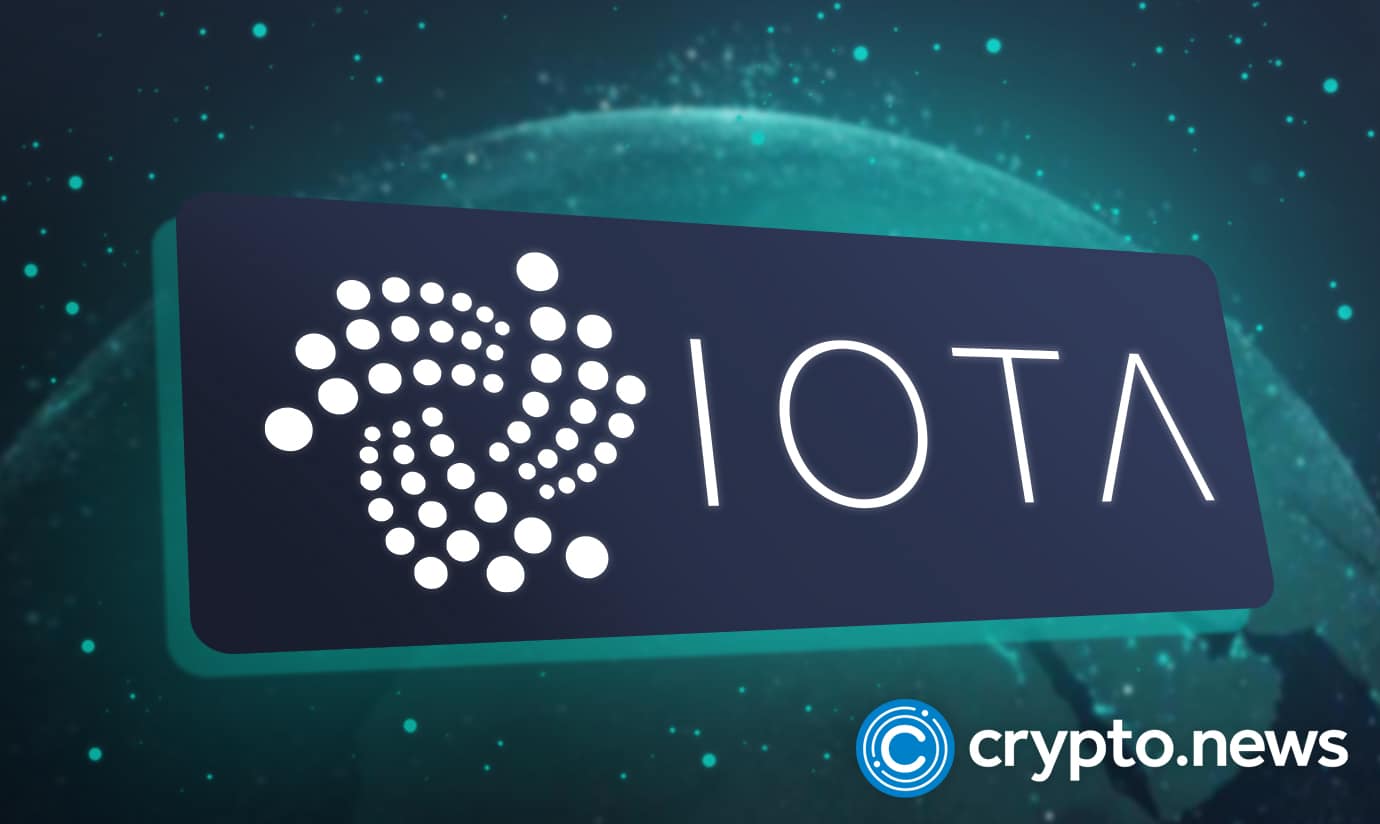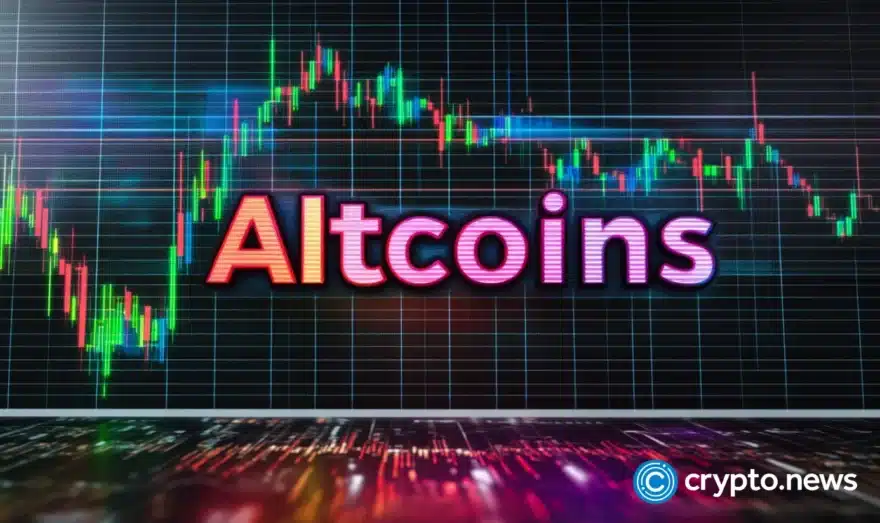IOTA (MIOTA) Unveils Its Business Lightpaper, Shares New Use Cases

IOTA, a green, decentralized and open-source digital platform, has released the ‘IOTA for Business’ lightpaper. According to IOTA, for a business project, the network will develop a distributed ledger technology for merchants worldwide.
IOTA Expands Its Use Cases
IOTA, which is built using a directed acyclic graph that allows for parallel transaction processing, seeks to be the most reliable distributed ledger protocol for web3 as well as digital economies.
Businesses stand to benefit from IOTA’s most important features like security, fast and free transactions, scalability, and flexibility. In theory and principle, IOTA may benefit any industry, but the benefits differ from business to business and relate to the mechanisms employed to create value. In terms of sharing or exchange of data or assets, IOTA is useful as a trust layer able to verify documents, identities, contracts, and certificates, thereby eliminating reliance on third parties.
The distributed ledger technology also provides transparency in the origin of products helps create trust. Unique identification of people and machines, secure global transactions, micropayments as well as transactions in real-time are just some of the use cases IOTA provides to consumers.
Blockchain Technology and Developing Issues
The platform is established to tackle the most prominent challenges faced by the existing blockchain technology like Bitcoin and Ethereum which were originally designed to provide absolute security and decentralization. Factors such as scalability, interoperability, energy efficiency, transaction fees and environmental impact are the core focus of IOTA and the Tangle network.
The Tangle consists of individually linked transactions creating an acyclic graph whereby every new transaction validates the two previous ones. Unlike conventional blockchains which validate transactions in sequential blocks, the Tangle has the capability of processing transactions in parallel. This provides greater flexibility in conflict resolution on top of independence from third-party validators and miners.
The platform also allows users to engage in secure data transactions without having to purchase or hold cryptocurrency, a great advantage for companies who seek the benefits of a distributed ledger protocol but harbor scepticism over cryptocurrency. Rather than charging a token fee, IOTA requires a deposit of tokens, returned upon archival of data.
IOTA also offers valuable solutions for overarching challenges to businesses through its frameworks which to its core protocol. For example, the IOTA identity framework enables users to retain complete control over their virtual identities whereas IOTA stronghold secures digital secrets from exposure to hacking or leaks. The network thus enables businesses to adopt these frameworks to fit their particular needs.
IOTA Developer Sees Breakthrough in Tanglenet Issues
IOTA’s main goal, which is to create a fully decentralized framework for Tanglenet, at some point seemed impossible. However, according to one of IOTA’s developers named Hans Moog, the network could soon find a way about it. Speaking recently, Hans revealed that project Coordicide had its downsides, but developers have a clear roadmap to eradicate the central coordinator and recreate the ecosystem into a decentralized consensus mechanism program.














